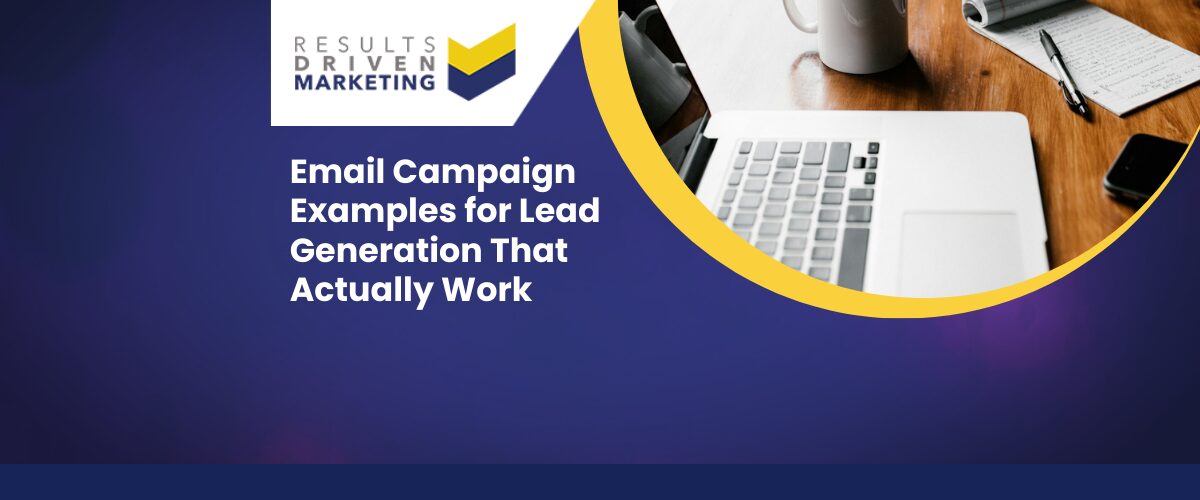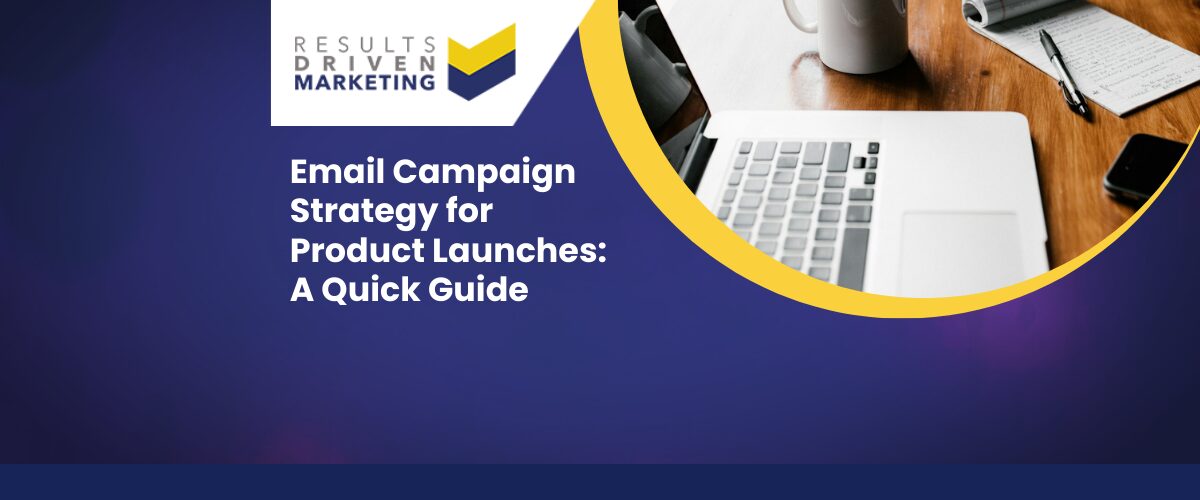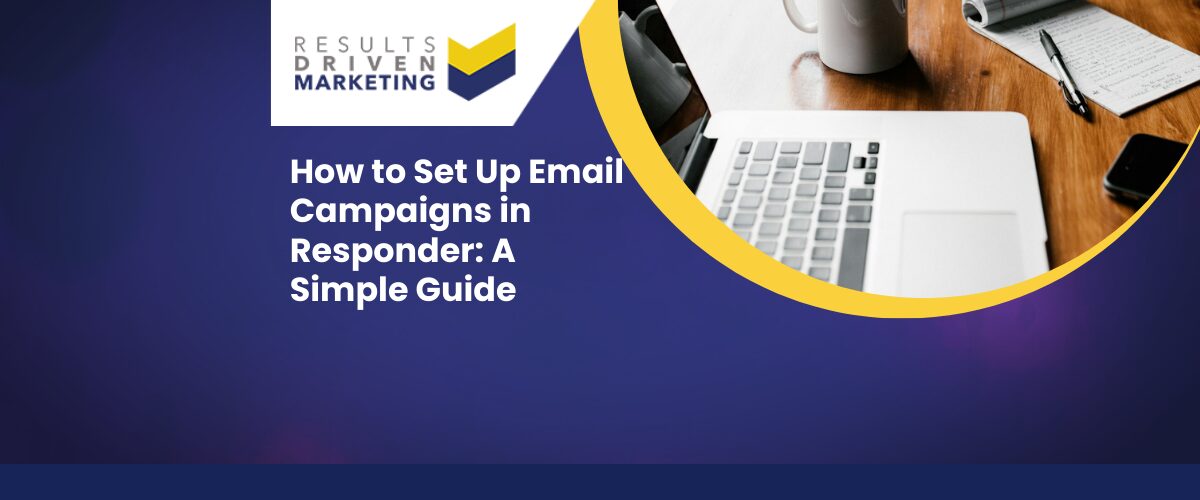
Email Campaign Examples for Lead Generation That Actually Work
Email campaign examples for lead generation are everywhere—but most feel like they were written for Silicon Valley startups, not real-world UK businesses. If you’re a business owner, sales director, or marketer working with purchased B2B data, you’ve probably faced the same frustrations: poor response rates, cold messages that fall flat, or the lingering worry about compliance.
We get it. Cold outreach is tough—but when it’s done right, it works brilliantly.
This post isn’t about theory. It’s packed with practical, real-world email campaign examples designed to help SMEs generate leads, start conversations, and grow revenue. Whether you’re sending your first cold email or trying to revive an underperforming campaign, these examples will give you structure, clarity, and confidence. No fluff, no jargon—just proven strategies that help you turn accurate data into actual results.
Table of contents:
Why Cold Email Still Works—When Done Right
Email campaign examples for lead generation only matter if you understand why email still deserves a place in your strategy—especially with all the noise out there.
Many SMEs have tried cold email once or twice, seen poor results, and written it off. But in nearly every case, the problem isn’t email—it’s the way it was done.
Here’s why cold email still works:
-
It gets you direct access to decision-makers. No gatekeepers, no algorithms—just one-to-one communication.
-
It scales without massive cost. Compared to paid ads or outbound calls, email is efficient and repeatable.
-
It’s measurable. You can track opens, clicks, replies—and iterate quickly.
But only if it’s done right.
-
You must be sending to the right people, using accurate data. Poor lists = poor performance.
-
Your message needs to be clear, relevant, and respectful of the recipient’s time.
-
And yes, you need to comply with GDPR and PECR—but that doesn’t mean you can’t send cold emails.
Done well, cold email becomes a reliable lead engine—one that supports your sales team without burning your brand.
Anatomy of a High-Performing Lead Gen Campaign
Email campaign examples for lead generation that actually work all share a few core ingredients. Whether you’re sending a one-off message or a multi-step sequence, the structure of your email matters just as much as who you send it to.
1. The Hook (Subject Lines + Preheaders)
Your subject line is your first impression—and in a crowded inbox, it can be your only shot.
What works:
-
Personalisation (but only if it’s real)
-
Clear benefit or curiosity angle
-
Subject + preheader working together as a story
Examples:
-
“Quick idea for [their industry] growth”
-
“Saw this and thought of your team…”
-
“Struggling to reach [target audience]?”
Avoid:
-
ALL CAPS, fake urgency, or vague clickbait
-
Overused phrases like “Increase your sales today!”
2. The Body Copy (Short, Sharp, Solution-Focused)
This is where many campaigns fall flat—either too long, too fluffy, or too ‘me me me’.
-
Keep it concise. Aim for 50–125 words max.
-
Lead with empathy. Acknowledge a pain point or challenge they might recognise.
-
Offer a clear solution without overexplaining or hard selling.
Simple structure:
-
Line 1: Why you’re reaching out
-
Line 2–3: The value you offer
-
Line 4: Proof or quick benefit
-
Final line: Clear call to action
3. The CTA (Clear, Low-Friction, Action-Oriented)
Every good email needs a next step—and it should feel easy and relevant.
Best CTAs:
-
“Worth a quick chat?”
-
“Want me to send some examples?”
-
“Let me know if you’d like details tailored to your sector.”
Avoid:
-
Forcing demos or meetings too early
-
Generic links to websites or PDFs (unless requested)
-
Vague asks like “Let me know your thoughts…”
3 Proven Cold Email Campaign Flows That Deliver
If you’re looking for email campaign examples for lead generation that actually get responses, these three tested flows are a great starting point. Each one is designed for a different situation—so you can match the approach to your goal, audience, and offer.
Example 1 – Awareness + Discovery Campaign
Best for: New market entry, unfamiliar audience segments, or testing a niche.
-
Email 1: Quick intro + curiosity builder
-
Email 2: Share a value angle or client insight
-
Email 3: Light CTA asking for a short conversation
Example 2 – Pain Point-Focused Campaign
Best for: High-challenge sectors or where you’re solving a specific business problem.
-
Email 1: Address a common frustration (e.g., low response rates)
-
Email 2: Use case or quick win story
-
Email 3: Ask a relevant question to invite engagement
Example 3 – Time-Sensitive/Seasonal Offer
Best for: End-of-quarter pushes, budget windows, or seasonal opportunities.
-
Email 1: Introduce the timing/reason for outreach
-
Email 2: Add value or bonus to reinforce offer
-
Email 3: Final reminder with helpful tone
Each campaign flow can be customised using quality email lists and clear, human messaging.
Common Mistakes That Kill Cold Campaigns
Even the best email campaign examples for lead generation will fail if you make these avoidable errors:
1. Sending to the Wrong Audience
-
Poor targeting means wasted emails and missed opportunities
-
Always segment by job title, sector, size, and geography
2. Overcomplicating the Message
-
Long intros, too much detail, or buzzwords = delete
-
Be sharp, simple, and solution-focused
3. No Follow-Up Strategy
-
Most replies come on email 2 or 3
-
Build sequences that nurture, not just remind
4. Misaligned Offers
-
Don’t push for a call if they’re not ready
-
Match your CTA to their stage in the buying cycle
5. Ignoring Data Quality and Deliverability
-
High bounce rates hurt your domain
-
Work with a trusted data partner to ensure accuracy and compliance
Why Choose Results Driven Marketing
If you’re using email campaign examples for lead generation and not getting results, the issue often isn’t your writing—it’s your data. That’s where we come in.
At Results Driven Marketing, we don’t just sell B2B data—we help UK SMEs turn that data into customers.
Here’s why clients choose us:
-
Experts in B2B lead generation – Strategy, not just spreadsheets
-
High-quality marketing lists – Updated monthly from trusted UK sources
-
Tailored by channel – Email, phone, and direct mail-ready
-
Fast delivery – Most orders turned around within 24 hours
-
Real support – No bots—just helpful, experienced people
-
GDPR and CTPS compliant – We help you stay on the right side of regulation
We help businesses go from bad data to better campaigns, more leads, and real results.
Next Steps to Improve Your Email Campaign Results
You’ve seen email campaign examples for lead generation that actually work—now it’s time to act.
Here’s your action plan:
-
Review your current messaging, data, and results
-
Choose the right campaign flow for your goals
-
Test subject lines, CTAs, and follow-up sequences
-
Avoid shortcuts—build around strategy and clean data
-
Track the right metrics (opens, replies, meetings—not just clicks)
When you combine smart outreach with accurate targeting, cold email becomes one of the most cost-effective lead generation tools available to UK SMEs.
Ready to Improve Your Lead Gen Campaigns?
If you’re serious about applying email campaign examples for lead generation that actually get results, it all starts with good data and smart strategy. No more guessing, no more dead-end lists—just focused outreach that helps your sales pipeline grow.
Here’s what you can do next:
-
✅ Book a Free Data Review Call
Let’s review your targeting and make sure your next campaign is set up to succeed. -
📩 Request Example Campaign Templates
See real-world examples you can adapt to your audience and goals. -
🎯 Start Your Campaign with Accurate B2B Data
Get decision-maker contacts, fast turnaround, and quality you can rely on.
At Results Driven Marketing, we help UK SMEs go from “just sending emails” to actually winning business. Let’s do the same for you.
Results Driven Marketing
📍 Cobalt Business Exchange, Newcastle
📞 0191 406 6399
🌐 rdmarketing.co.uk
Experts in B2B marketing data, GDPR-compliant outreach, and lead generation strategy for UK SMEs.





